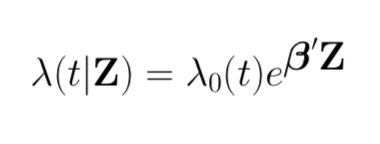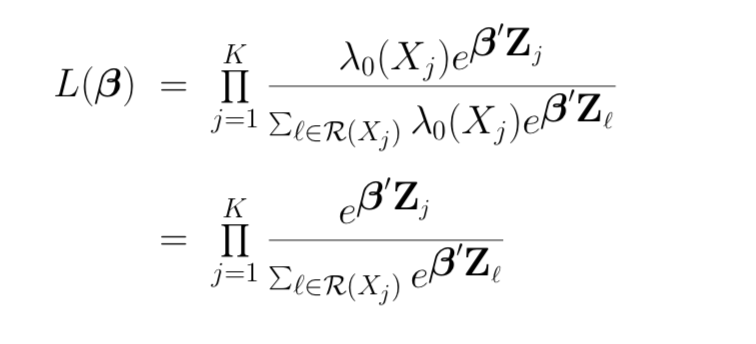Modelling time has been a topic of interest for scientists, sociologists, and even epidemiologists. A maintenance engineer wants to predict the time it takes for the next failure of a particular component in a vehicle engine occurs so that he can schedule preventive maintenance. It is of epidemiologist’s interest to predict when the next outbreak will occur, so he can plan for medical interventions. Business analyst want to understand the time it takes for an high values customer to churn so that he/she can take preventions measures.
In our earlier blogs on point process model, we explored statistical techniques that estimate the likeliness of a certain event occurrence in the backdrop of the time dimension. In this new statistical techniques, we will keep the event in backdrop and model time. Survival models are statistical techniques used to estimate the length of time taken for an event to occur. We call event occurrence as failure and survival time is the time taken for such failure.
Cox proportional-hazards model is developed by Cox and published in his work[1] in 1972. It is the most commonly used regression model for survival data. The most interesting aspect of this survival modeling is it ability to examine the relationship between survival time and predictors. For example, if we are examining the survival of patients then the predictors can be age, blood pressure, gender, smoking habits, etc. These predictors are usually termed as covariates.
Hazard Function ( λ(t) )
The _hazard function _λ(t) is defined as the event rate at time t. Suppose that an item has survived for a time t, then λ(t) is the probability that it will not survive for an additional time _dt. H_azard function λ(t) gives the instantaneous risk of demise at time t, conditional on survival to that time and covariates.

- Z is a vector of covariates
- λo(t) is called the baseline hazard function
Baseline hazard function describes how the risk of event per time unit changes over time. It is underlying hazard with all covariates Z1, …, Zp equal to 0.

General Form of proportional hazard model
Parameters Estimation
Cox proposed a partial likelihood for β without involving baseline hazard function _λo(t) _.The parameters of the Cox model can still be estimated by the method of partial likelihood without specifying the baseline hazard. The likelihood of the event to be observed occurring for subject j at time Xj can be written as

Partial Probability
Lⱼ(β) is probability that individual j fails give that there one failure from risk set. Partial Probability L(β) =** ∏(L**ⱼ(β)).
R(Xj) is called risk set, it denote the set of individuals who are “at risk” for failure at time t [3].
#time #machine-learning #temporal #survival #modeling #deep learning
